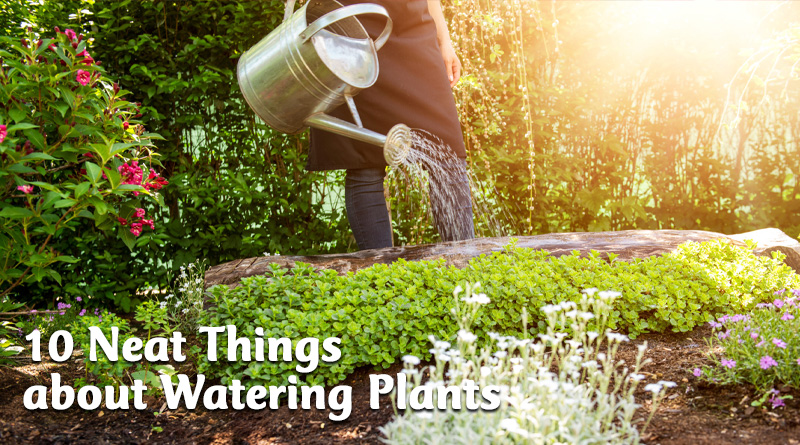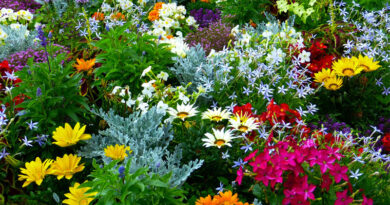About Watering Plants

1. Water is the staff of plant life.
Watering plants will deliver nutrients to their leaves and growing parts, but water also helps keep them upright. When a plant wilts, it means there is not enough water in its vessels to provide that “backbone” needed to keep it strong and tall.
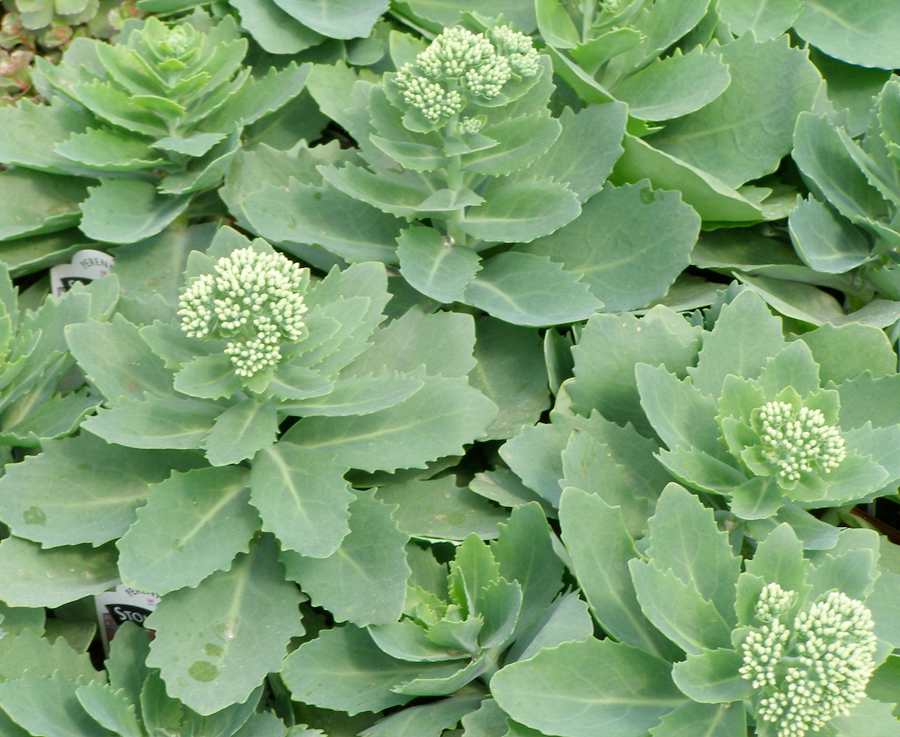
2. How much water do plants need?
The water needs of every plant are different as is the water content; some plants are 70 per cent water (turf grass) and others, such as lettuce and wax begonias, may be as much as 95 per cent water. A watermelon and a tomato are about 92 to 93 per cent water. In general, though, fleshy-leafed plants require less soil moisture – they store water in their leaves and stems. Thin-leafed plants require more water. Environmental conditions will also dictate how much water a plant needs. If it’s hot and dry and windy, water more often. If it’s cool and damp, water less.
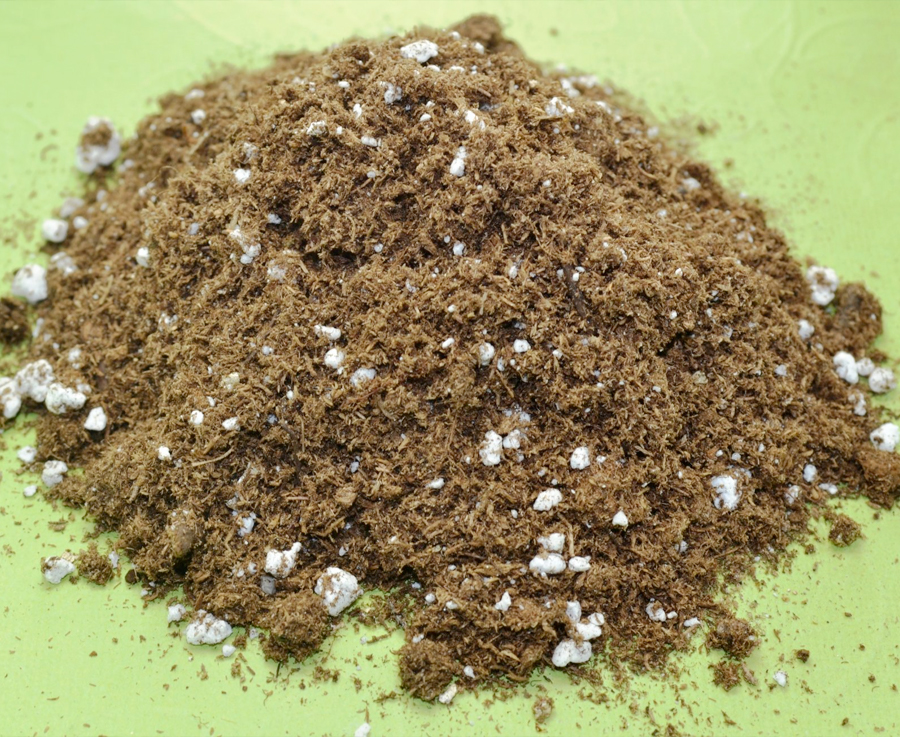
3. But really, how much water do plants need?
Again, it varies, but most plants, except for water plants, appreciate a moist, not wet, soil with good drainage. That’s why commercial soil and potting mixes have white particles of perlite in them. The perlite or vermiculite, even gravel, in soil allows water to flow through the soil, wetting it just enough to satisfy the plant roots as it travels down towards the bottom of the pot or lower in your garden soil. Observation and feeling the soil with your fingers are your best indicators of when to water. In most years, well-established perennials will need little if any watering. In a hot, dry year, a weekly drink of water (more often if it’s really hot and dry), will be much appreciated.
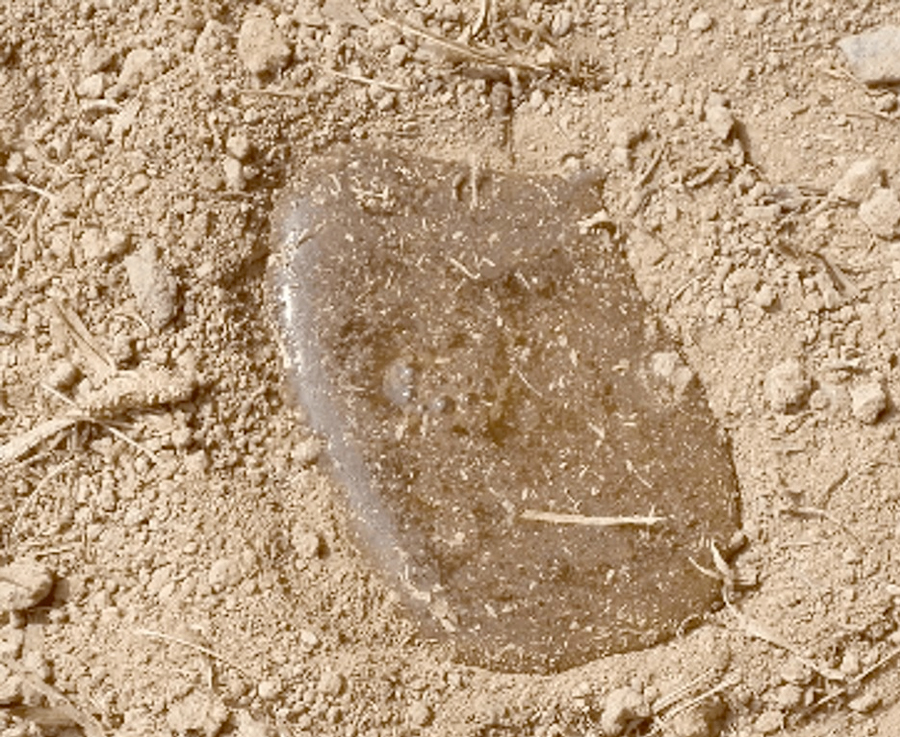
4. Wetter water.
Ever notice how water will bead up on your newly waxed car? The same thing can happen in certain soil conditions. Some fungi, as they break down soils, particularly sandy soils, leave a waxy coating on soil particles. This repels water, making it hard for plant roots to get at nutrients. Thatch buildup in lawns can shed water droplets and certain organic potting mixes can be almost impossible to rehydrate. That because of water surface tension, which is created by electrical charges that hold droplets together. To break this down requires a wetting agent or surfactant, in effect making water wetter.
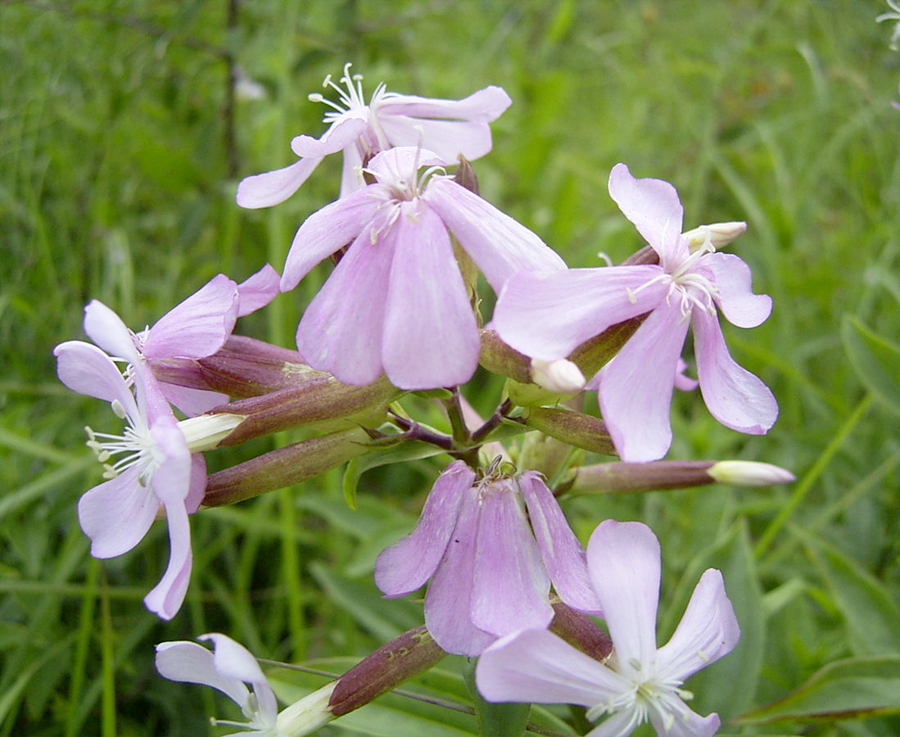
5. What is a surfactant?
Household soaps and detergents are surfactants as are fatty acids. Certain plants, such as Saponaria, produce a type of surfactant, in this case a glycocide which helps break down water tension. Pioneers used Saponaria for washing and its derivative is still used in products for washing delicate fabrics. If you use detergent as a wetting agent, use it sparingly and look for products with the fewest additives. Commercial wetting agents are available and they suggest using five ounces per square 1,000 feet once a month.
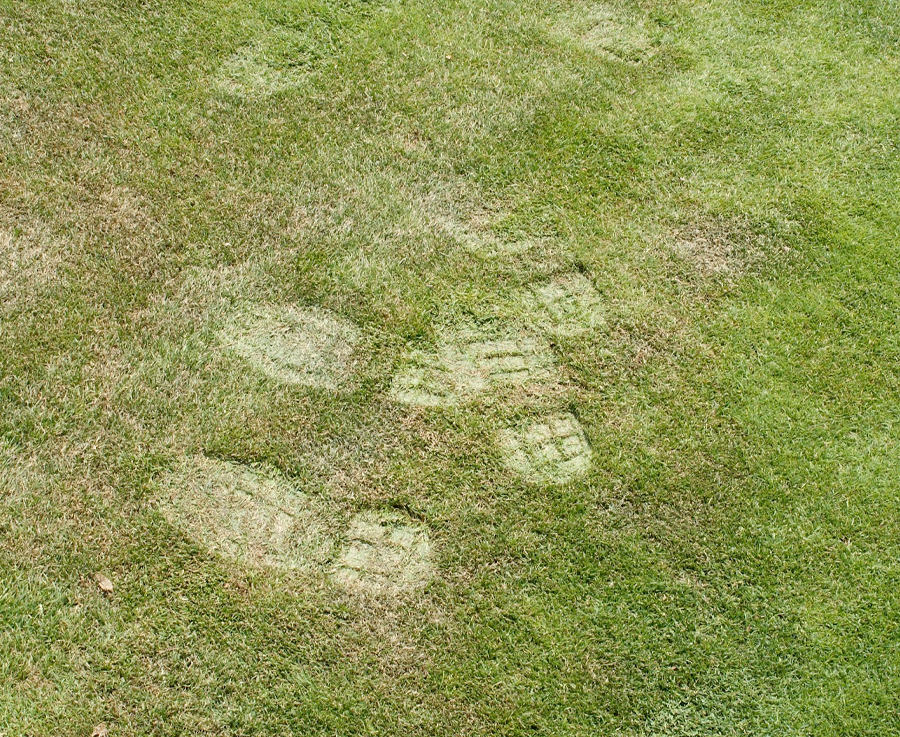
6. How can I tell if my lawn needs watering?
Assuming you haven’t let your lawn dry out to the point of dormancy, when it begins to turn yellow, you can get an earlier hint if you notice that you leave footprints on your lawn. If you see footprints, it’s time to water. Wilting grass blades will also roll or fold, so take a close up look. Water well. You need about an inch of water to reach down into the top three inches of soil to keep grass roots healthy and protected.
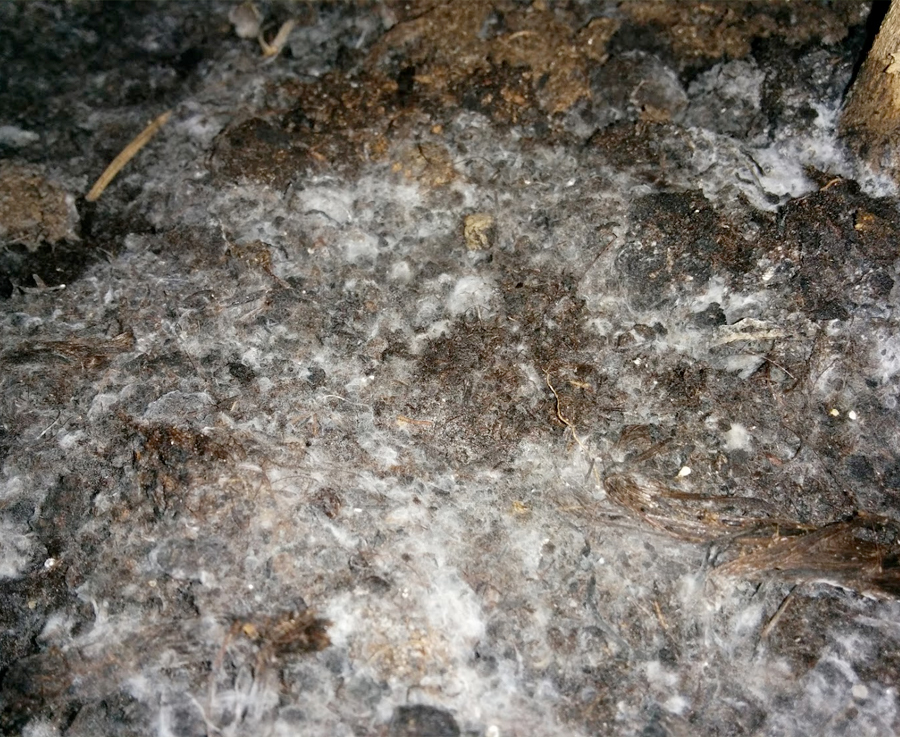
7. When should I water?
Water in the morning, if possible. As much as 50 per cent of water can be lost to evaporation if applied in the hottest part of the day. Watering in the evening can promote the growth of fungus and other diseases.
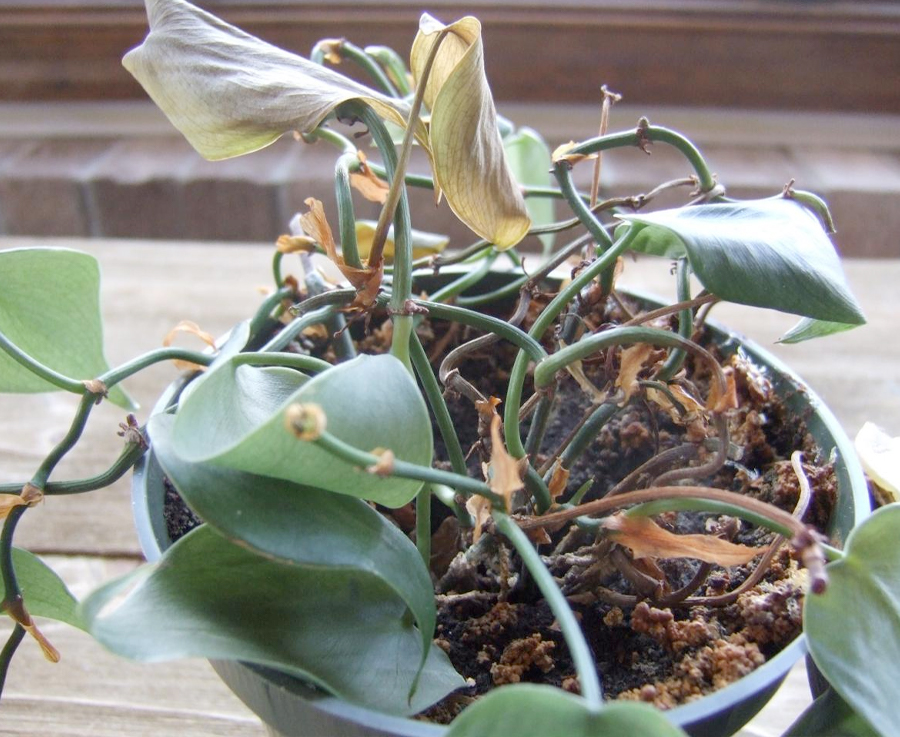
8. Can you overwater plants?
Plants can be killed by overwatering as quickly as by underwatering. It all depends on their ability to absorb oxygen and take up nutrients, both of which necessities of life depend on water. Too much water in the soil will cause the plants to drown by cutting off oxygen. Too little will suffocate plants for the same reason – they can’t get oxygen and nutrition. Will misting help? A little, but think of yourself. If you were desperately thirsty, would misting help?

9. Some plants need consistent watering, others like to dry out a little.
Read the plant tag or at least know the original conditions the plant grew in to get an indication of what water needs your plant is likely to have (although many plants can adjust to your behaviour, the healthiest ones won’t have to). Tomatoes, for instance, which originate in South America where there’s lots of rain, need consistently moist, not wet, soil. Drying up even for a short time can cause blossom end rot to occur on tomato fruit because the supply of calcium was interrupted. (Mulching tomato plants and burying their stems deep in the soil can help keep moisture content even). Succulents, which are generally desert plants, prefer to get a little dry.
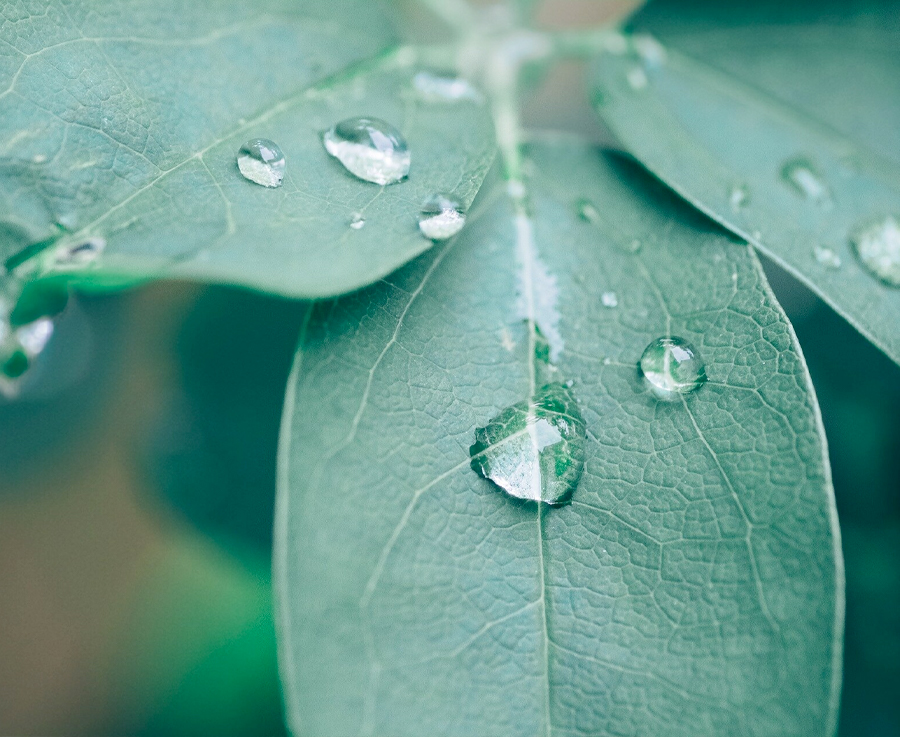
10. Can water drops on plant leaves burn the plant?
There is a controversy here, and under most circumstances this is an old wives’ tale; but under certain conditions a suspended water droplet can act as a magnifying lens and intensify the sunlight to the point of slight leaf burning and even to the point of ignition. It is believed that some forest fires are stated this way. Speaking of magnification by water, apparently if you put a drop of water on your cell phone photo lens you get a magnified image (as long as you can hold the camera still enough). Hmm—amateur detectives, take heed.
– Dorothy Dobbie Copyright©
Pegasus Publications Inc.




